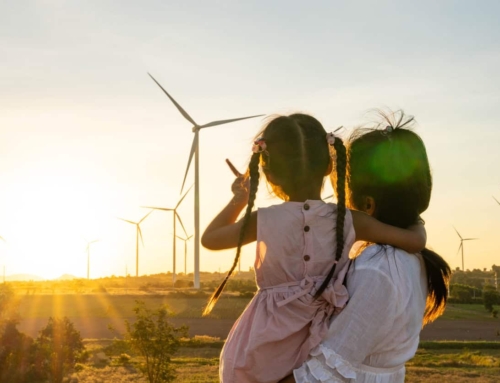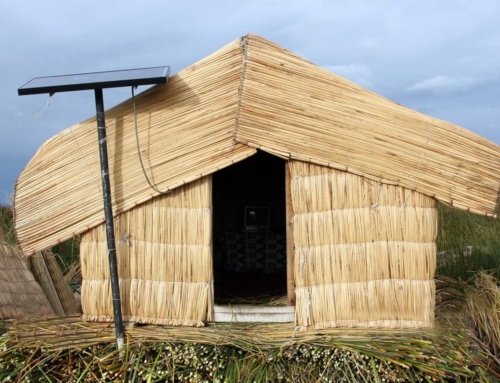If you are reading this, chances are you’re a climate communicator. You may also be frustrated with the progress we’ve made over the last 30 years. The communication techniques of dull fact-based presentations, or the abject fear we’ve painted haven’t worked, and won’t work simply by doubling down. So what can we do?
If we are going to be successful in changing the course of the climate crisis, we are going to need to do so by changing the values we all share and live by. We can do this by telling better stories.
We talk a lot about values in the climate movement, but mostly at a superficial level. From a communications standpoint, we are told to emphasize values, make our campaigns value-based or live our values. Yet rarely do we dig into what those values actually are or how to use them in communication.
A value is a moral guide for our behavior when faced with a conflict. We don’t think consciously about using values to make decisions, yet based on our culture and upbringing, we know what to do. We don’t talk about values, but simply use or demonstrate them. If we do talk about values, they are in story form. Here’s an example from a post on my local Nextdoor site this week. I’m calling this a story. It’s not a climate story, but there is a core value that connects it with climate.
“Neighbors:
Hello all! The coronavirus is taking the world by storm, and it looks like it will get worse before it gets better. I would be happy to run any errands (groceries, household items, pet care, mail, shopping and such) for anyone who is considered compromised and is high risk for more severe symptoms of the coronavirus. Those of you that are in that high risk category, it is extremely important to avoid public, and high traffic areas as much as possible as I am sure you are aware and I would absolutely love to be as much help as possible in keeping you safe and corona free.”
At risk of spoiling this story through analysis let’s look at it. In the story, there is a challenge or threat, in this case, the corona virus. There are some people are at risk. The narrator is the hero and the faces a choice; should they bunker-down and be safe, or help others at risk to themselves? This creates a values conflict. To have empathy and help, or to be selfish and protect oneself. But the hero makes a decision based on a core value and offers a solution. This value isn’t stated explicitly, but everyone gets it. It is respect for the dignity of life and the well-being of others. By contrast, the villains are others who don’t take precautions or are unwilling to help. The action the hero takes is to help others, providing the value of empathy.
There’s one thing I didn’t mention about the person who wrote this post. She is 14 years old.
Her courage and empathy makes me want to help, even though I am in a high risk group. By showing empathy or concern for others in a story, we invite others to do the same. To join us and be part of something bigger.
I’m using the example of the pandemic here because it is on all of our minds. But the case of climate is not much different. People are at great risk. Rather than giving facts, or talking about issues, we need to tell more stories. We need to invoke the values of climate justice, fairness, inclusion, empathy and strength. By doing so, we will connect and show others the way. This requires courage. Like the virus, values like empathy and courage are contagious.
‘We are all connected. Savor the Earth!’™
Hobie,
L. Hobart Stocking
SkyWaterEarth.com
hobart@skywaterearth.com
651-357-0110
Facebook: @SkyWaterEarthConnected
Twitter: @SkyWaterEarth








Leave A Comment